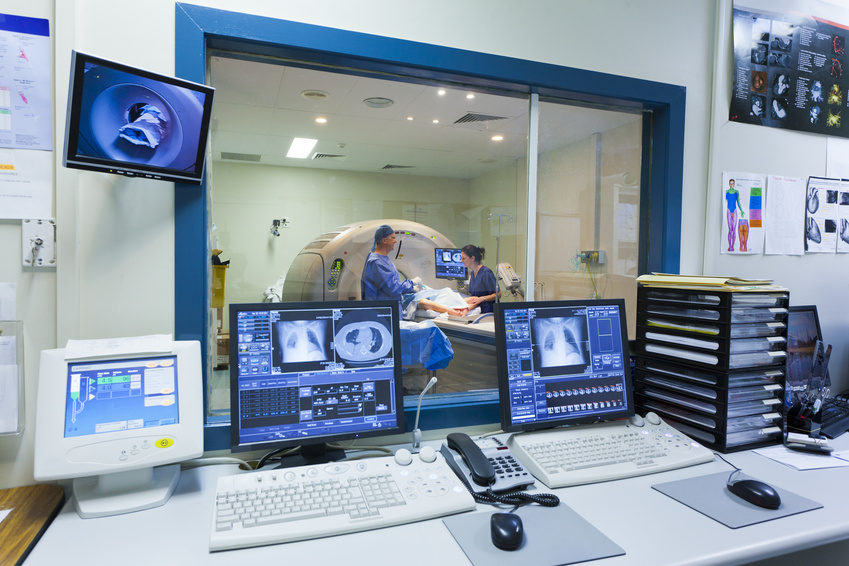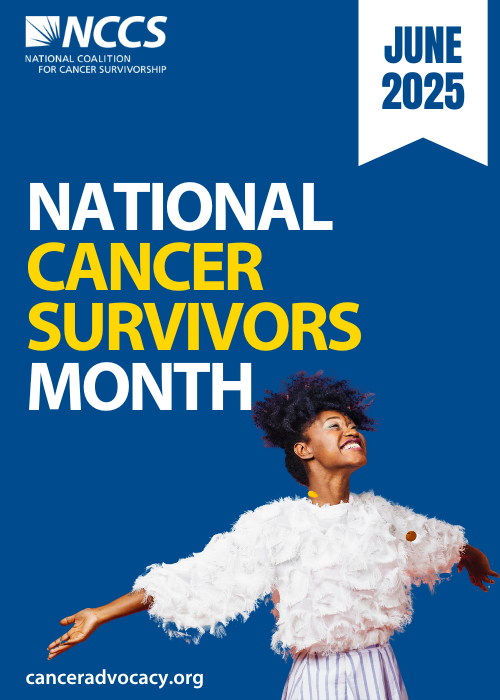For six years now, the Affordable Care Act (ACA) continues to successfully improve health care in America. It provided coverage to 20 million people, allowed young adults to stay on their parents’ insurance until 26, emphasized preventative care, and sought to address inequalities in care, especially for women. For cancer patients and survivors, the impact of the ACA cannot be overstated. It is providing new hope by making coverage more affordable, increasing access to more life-saving treatments, and reducing significantly the fear and anxiety felt by so many cancer survivors by eliminating pre-existing conditions and life-time coverage limitations.
Without question, as health insurance markets and insurers work through these changes, the cost of coverage remains high for many people and is impacting some small businesses. Measures in the ACA that seek to address these issues are often overlooked and critically important: innovations in payment and delivery reform that are working to fundamentally overhaul America’s health care system, seeking to improve the quality of care and reduce costs.
As an excellent article in the New York Times states, “the law is leading a transformation of America’s health care system. It’s a change that nearly everyone, Republicans and Democrats, agrees is desperately needed — and for it to happen, the relevant parts of the A.C.A. must be preserved. The transformation moves health care away from a fee-for-service model, which pays doctors and hospitals according to the number of procedures they do, toward value-based care, which pays based on what helps patients get better.”

Barbara McAneny, MD
CEO, New Mexico Cancer Center
Friend of NCCS, and speaker at our Fall 2016 Cancer Policy Roundtable (CPR), Dr. Barbara McAneny is also featured in the article. Dr. McAneny is the Chief Executive Officer at the New Mexico Cancer Center. “We treat a lot of poor people,” McAneny said. “Their biggest co-pay was when patients went into the hospital. And even if they didn’t get one of the bad infections or blood clots, every hospitalization resulted in lowered quality of life. There’s a lot we can’t control. But we could control whether we aggressively managed side effects of cancer and its treatment to keep people out of the hospital.”
Watch: Dr. McAneny’s remarks at the CPR where she highlights her approach called the Community Oncology Medical Home model (COME HOME), and the difference it can make in the life of an individual patient.
What I am seeing, as we look at that graph where practices are selling to hospitals, and the exact same care now costs us more in a society that cannot afford it, is that we have to act very soon. We have to get back to saying, how do we get the low-cost practices that can deliver the quality? How can we give those resources and tools to physicians so that they and their practices can take a practice and meet the needs of their individual community in a very cost-effective way?
Read the New York Times article, “A Bipartisan Reason to Save Obamacare” »






